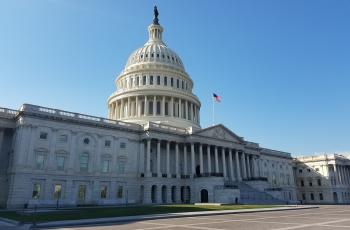The social, political, and economic determinants of health: What we can learn from Sandeep Jauhar’s NYT Article
“Chronic diseases like hypertension, diabetes, and heart failure are inextricably linked to the state of our neighborhoods, jobs, and families,” Sandeep Jauhar asserts in a compelling New York Times Opinion feature published this weekend.
As I read Jauhar’s article earlier this week, I was thrilled to see his call to address and repair the social factors that determine the unequal realities of health in our world.
Jauhar argues that hypertension in minority and low-income communities is a natural response to chronic stress, which can be explained by the allostasis theory. In contrast to the typical theory of homeostasis (maintenance of physiological balance), the allostasis theory states that the body regulates its functions in response to external and internal conditions, fluctuating with changing demands – specifically one’s social circumstances. Thus, Jauhar attributes the disproportionate prevalence of hypertension (and other chronic diseases) in African American and poor communities to a physical response of the constant flight-or-flight circumstances (i.e. toxic stress) that prompt the release of “stress” hormones, such as adrenaline and cortisol, leading to an increase in blood pressure. According to Jauhar, using this alternative theory of allostasis pushes us to consider the social conditions that have a significant and unequal impact on the health of certain communities.
In order to adequately address the global diabetes burden, Jauhar reminds us that we must consider the social, political, and economic factors that disproportionately influence health. At The diaTribe Foundation, we strive to understand these factors – a topic that motivated d16: Executive Innovation Lab on Diabetes and Obesity, during which we engaged leaders across diverse sectors to produce innovative, systems-level solutions that could reduce the societal burden of diabetes, heighten the urgency and need for action around the epidemic, and bring a new way of thinking into the diabetes ecosystem. Four major problem areas highlighted at d16 included: systems, behavior and motivation, public attitudes, and prevention. To address these problems, we brainstormed innovative solutions that have the potential to be impactful, scalable, and investable. See our full Consensus of Ideas d16 report for a detailed look at the incredible conclusions.
Inspired by d16, we have begun an anthology project that will involve consulting with experts to compile diabetes and obesity prevention programs and evaluate their potential for successful impact when scaled. We hope to highlight “bright spots” in prevention to understand what makes a successful program, which we hope will ultimately help to address the disproportionate burden of the diabetes and obesity epidemics in low-income and minatory populations.
Jauhar’s article typifies so much of what we should be thinking about diabetes, and I am grateful for his perspective that provokes thought, understanding, and action. We look forward to updating you on the progress of our anthology project and the rest of the initiatives that arose from d16.


